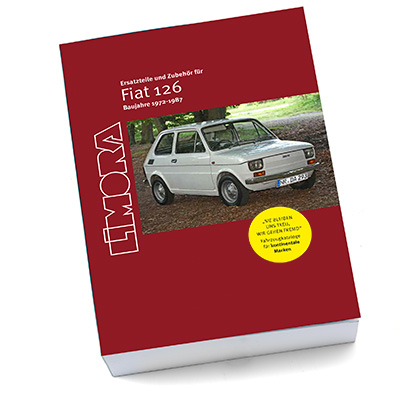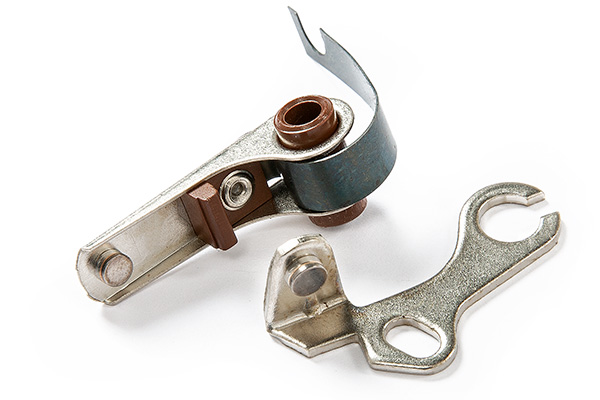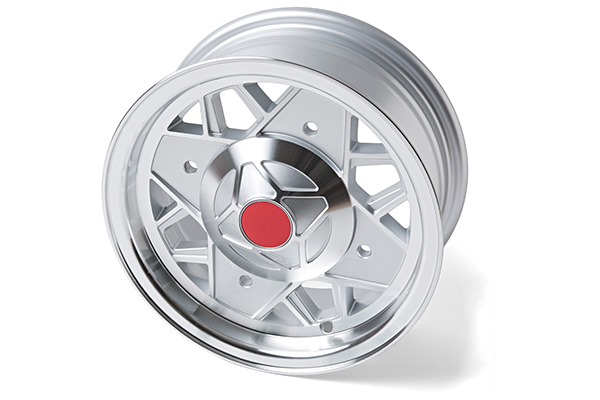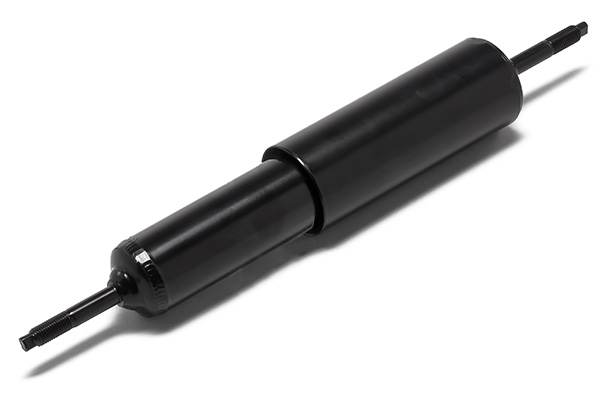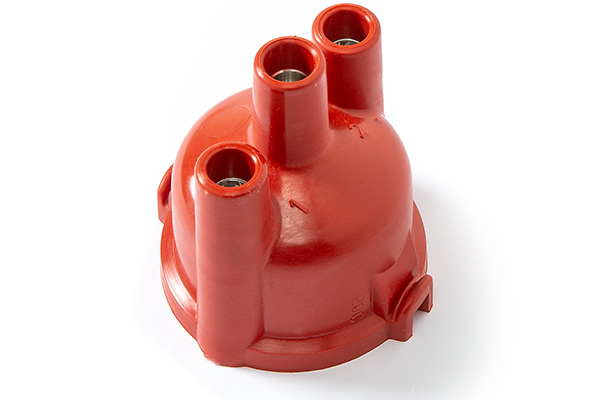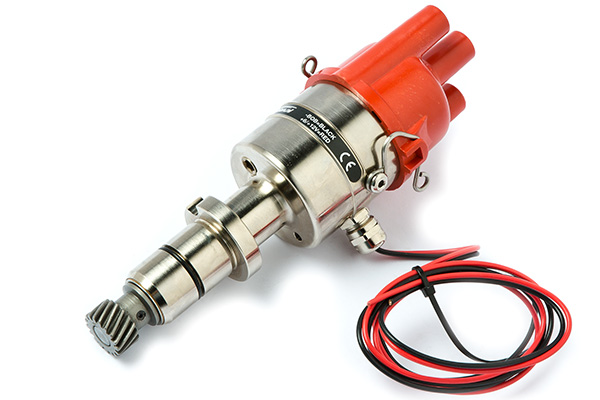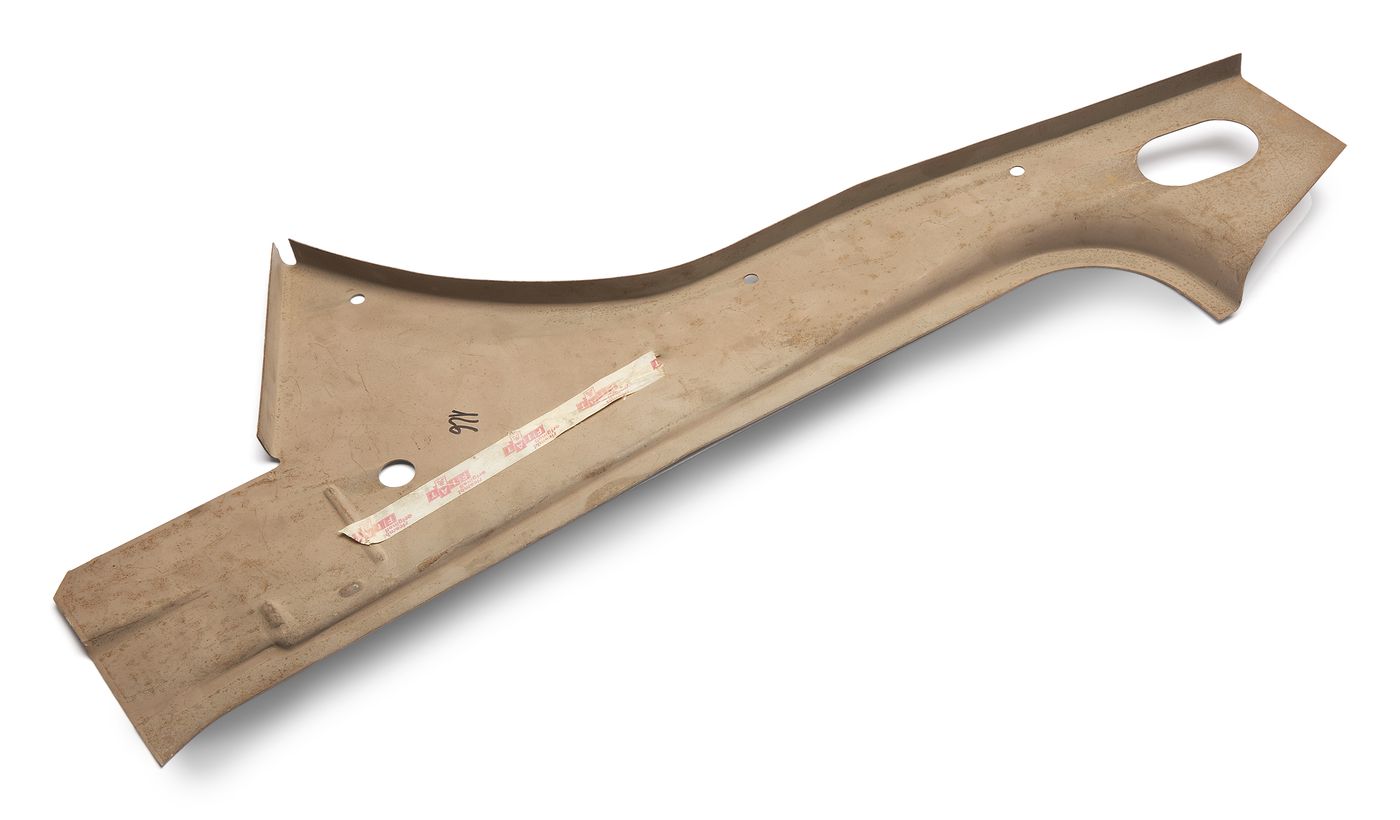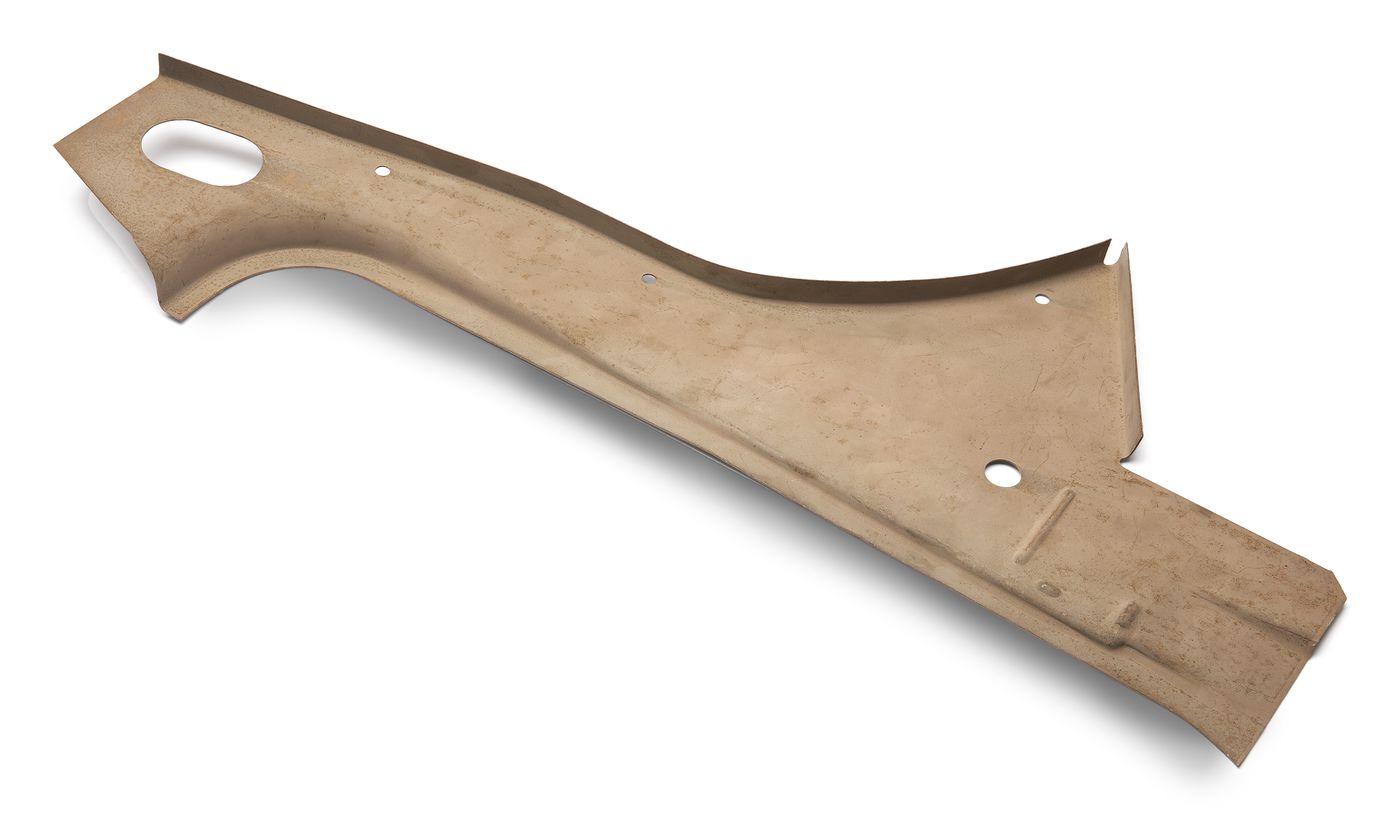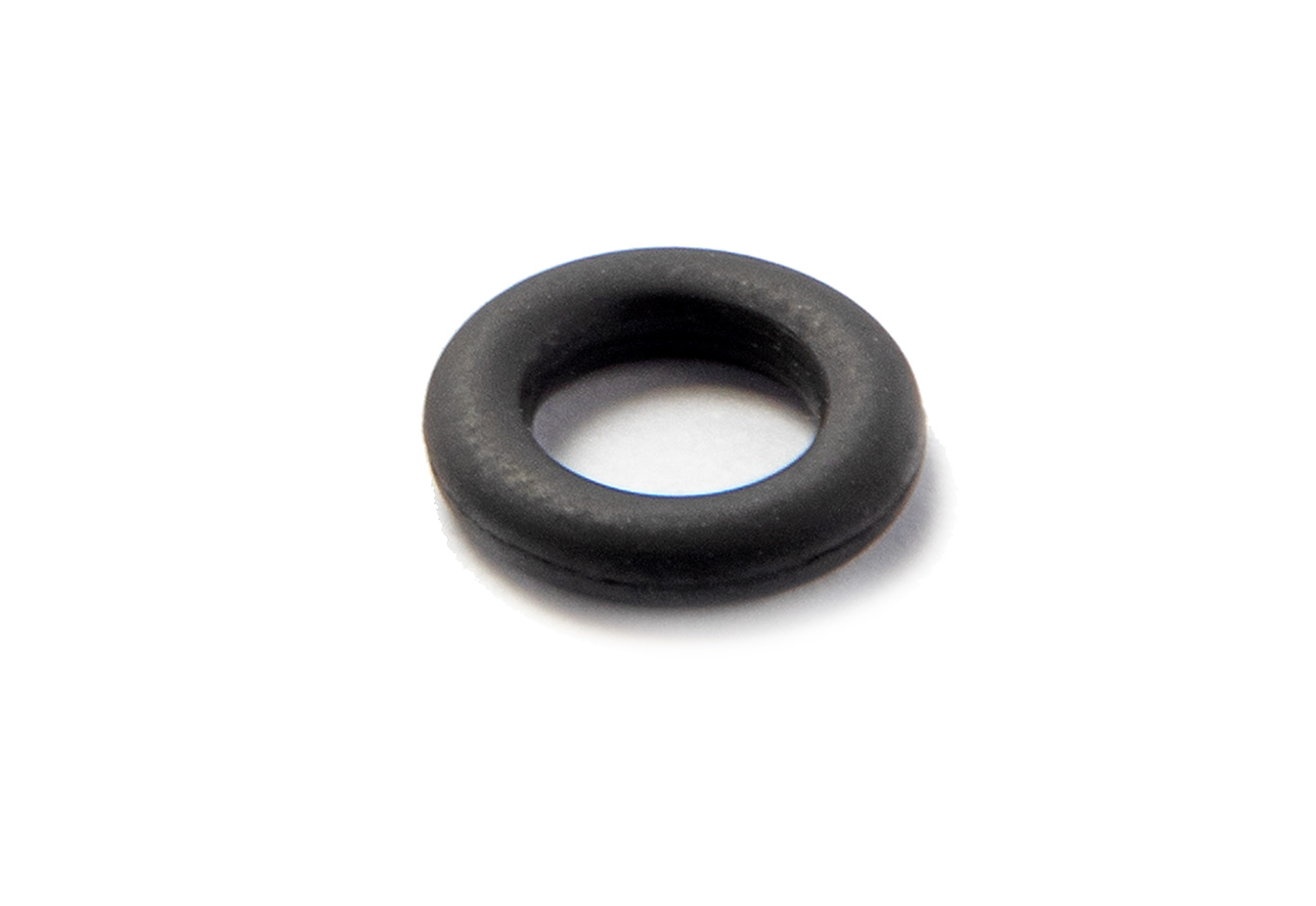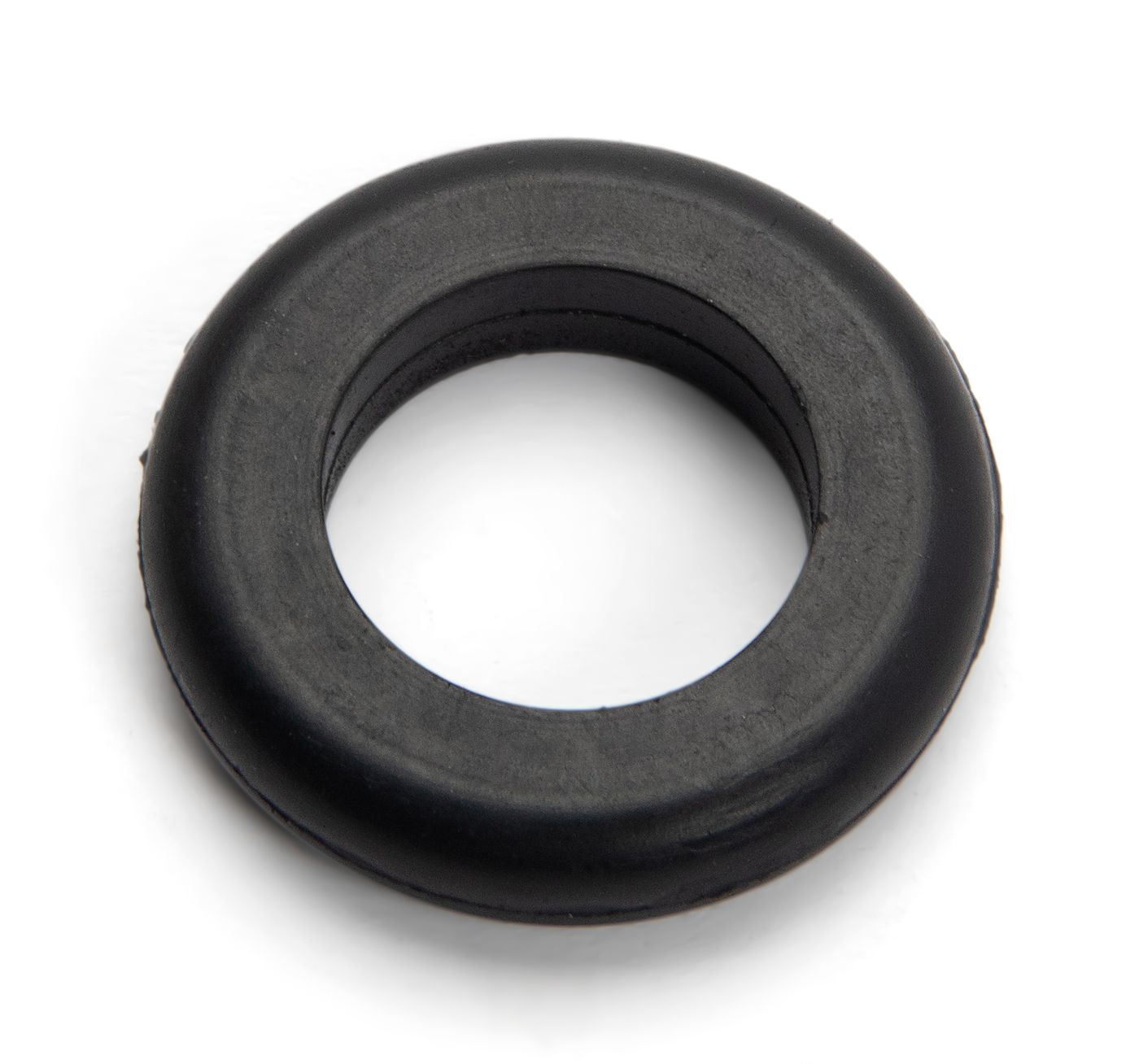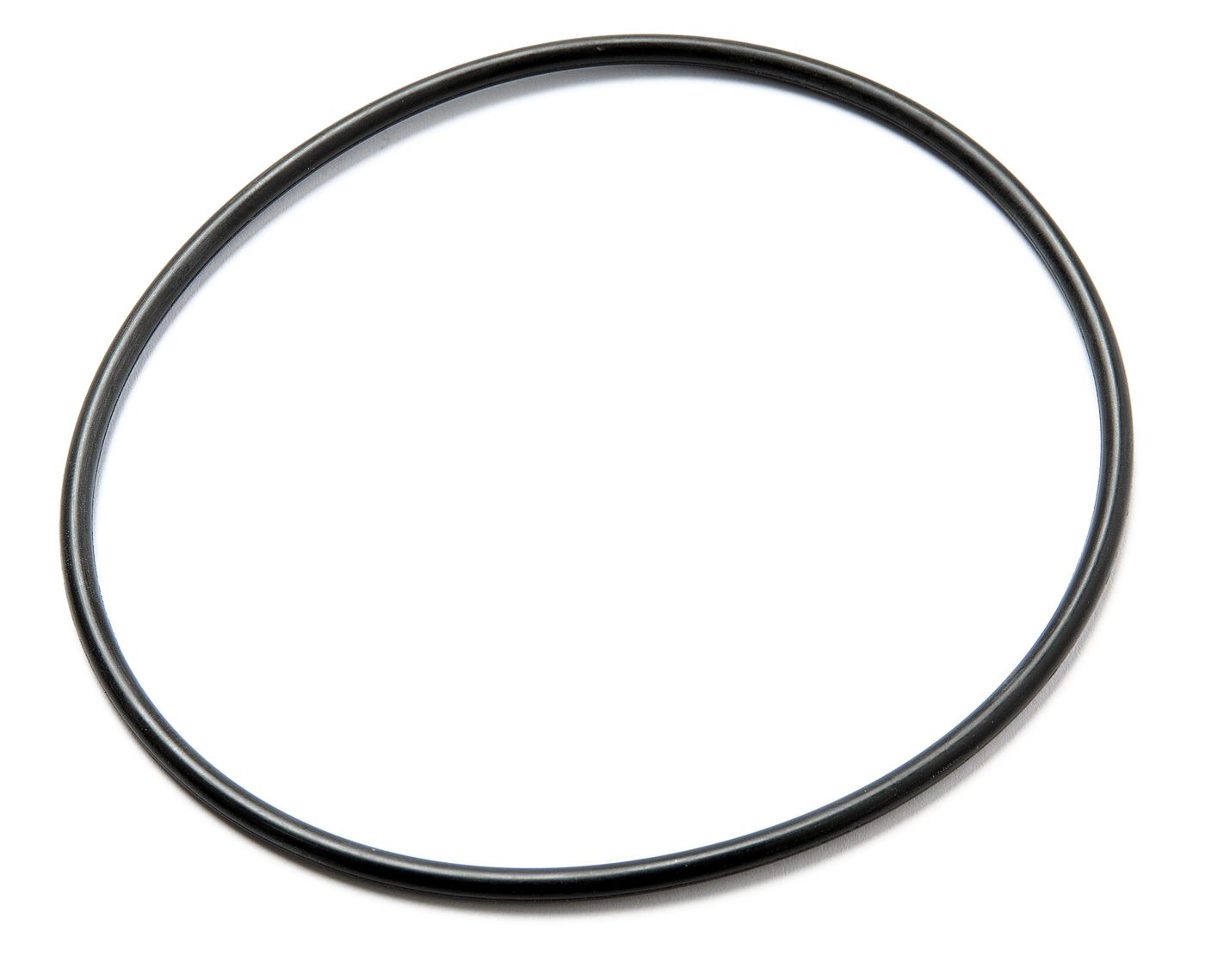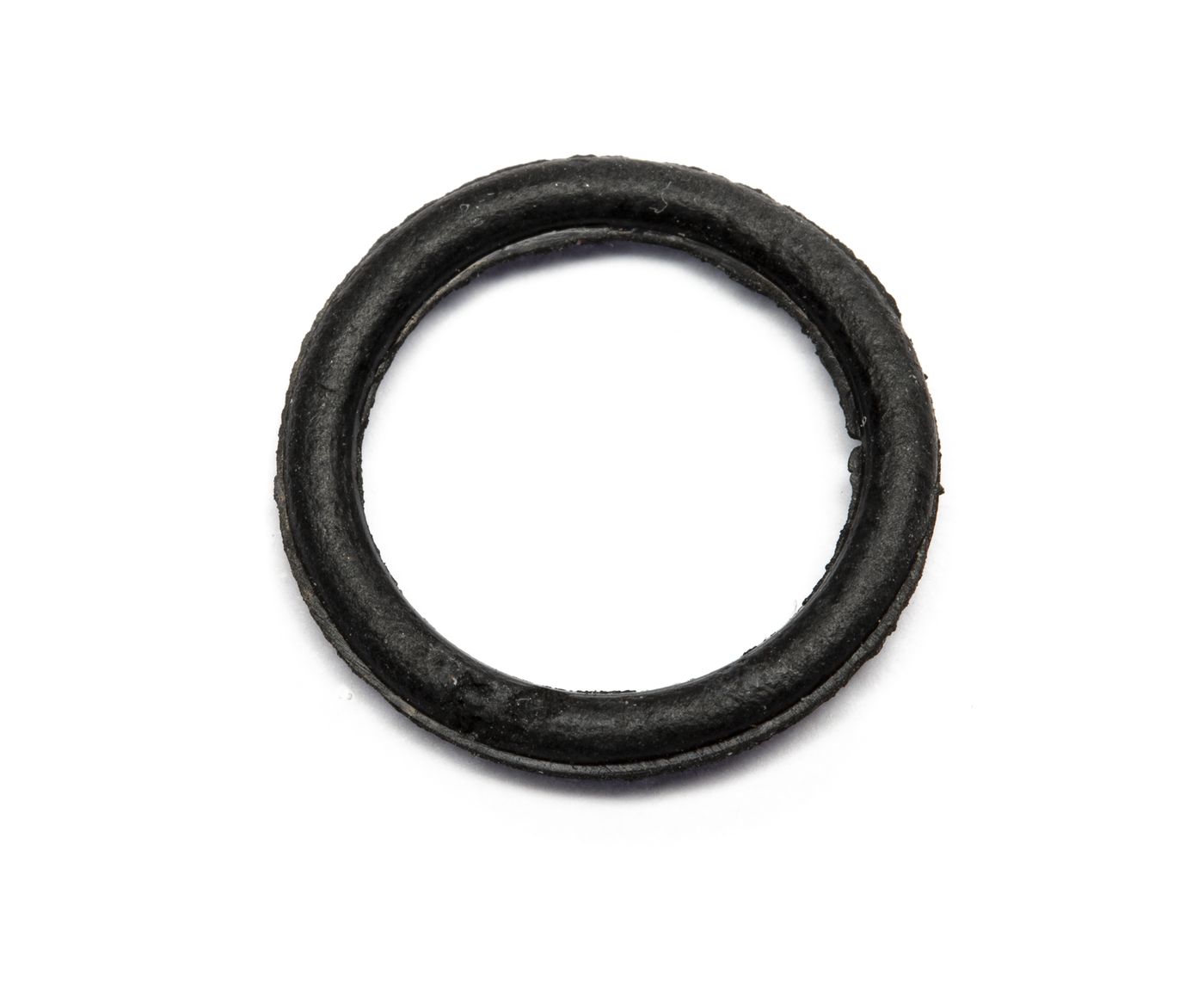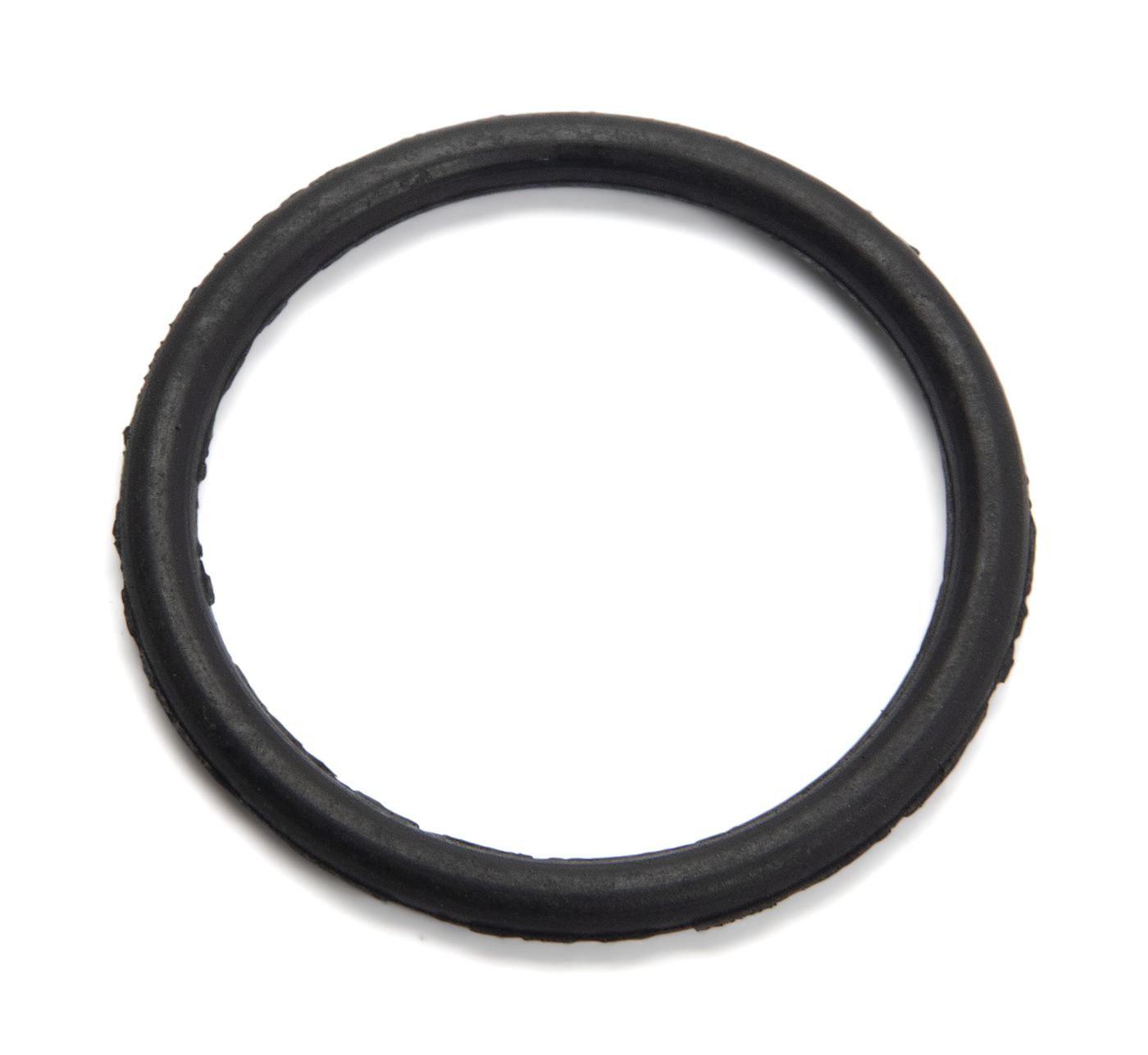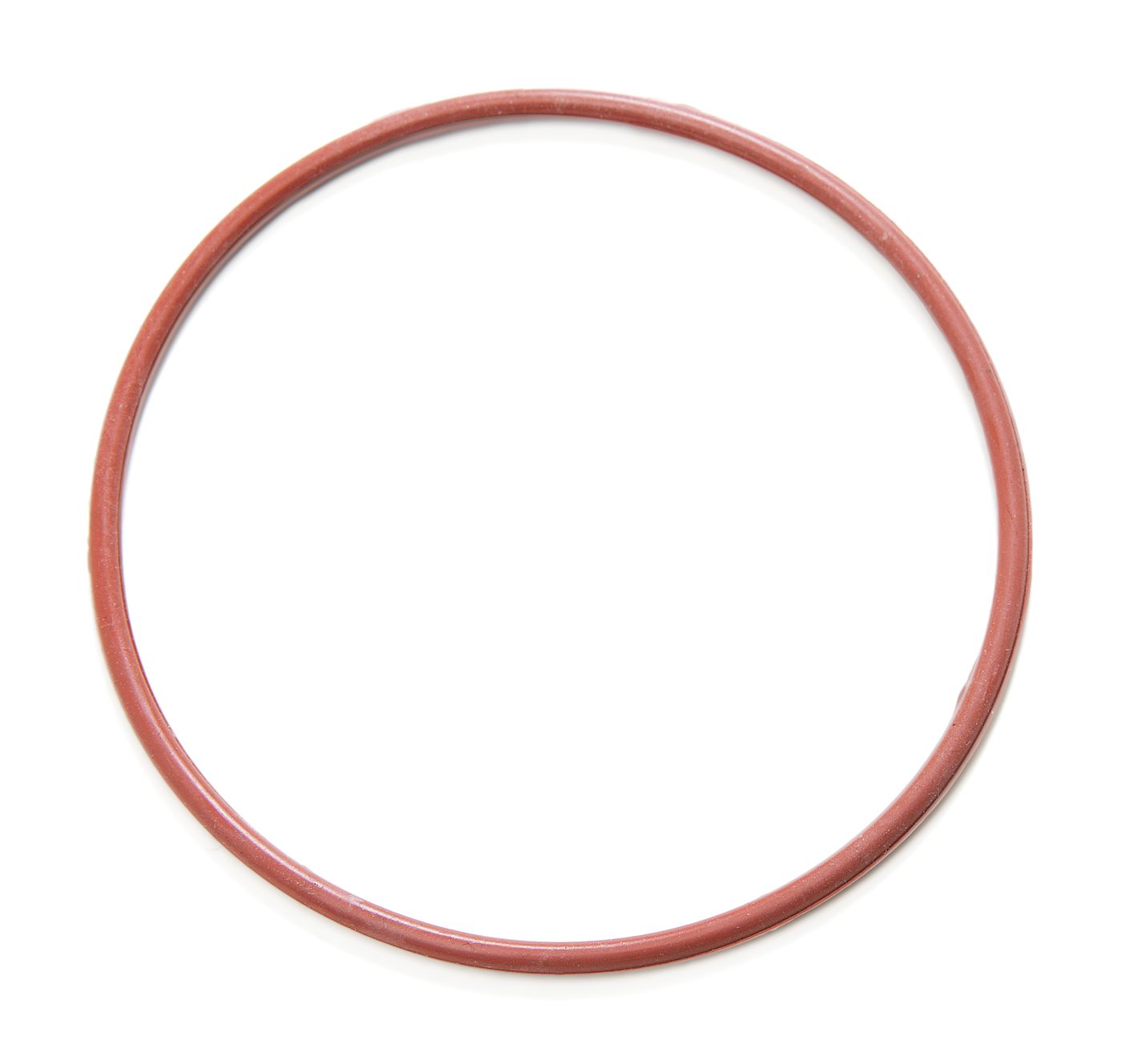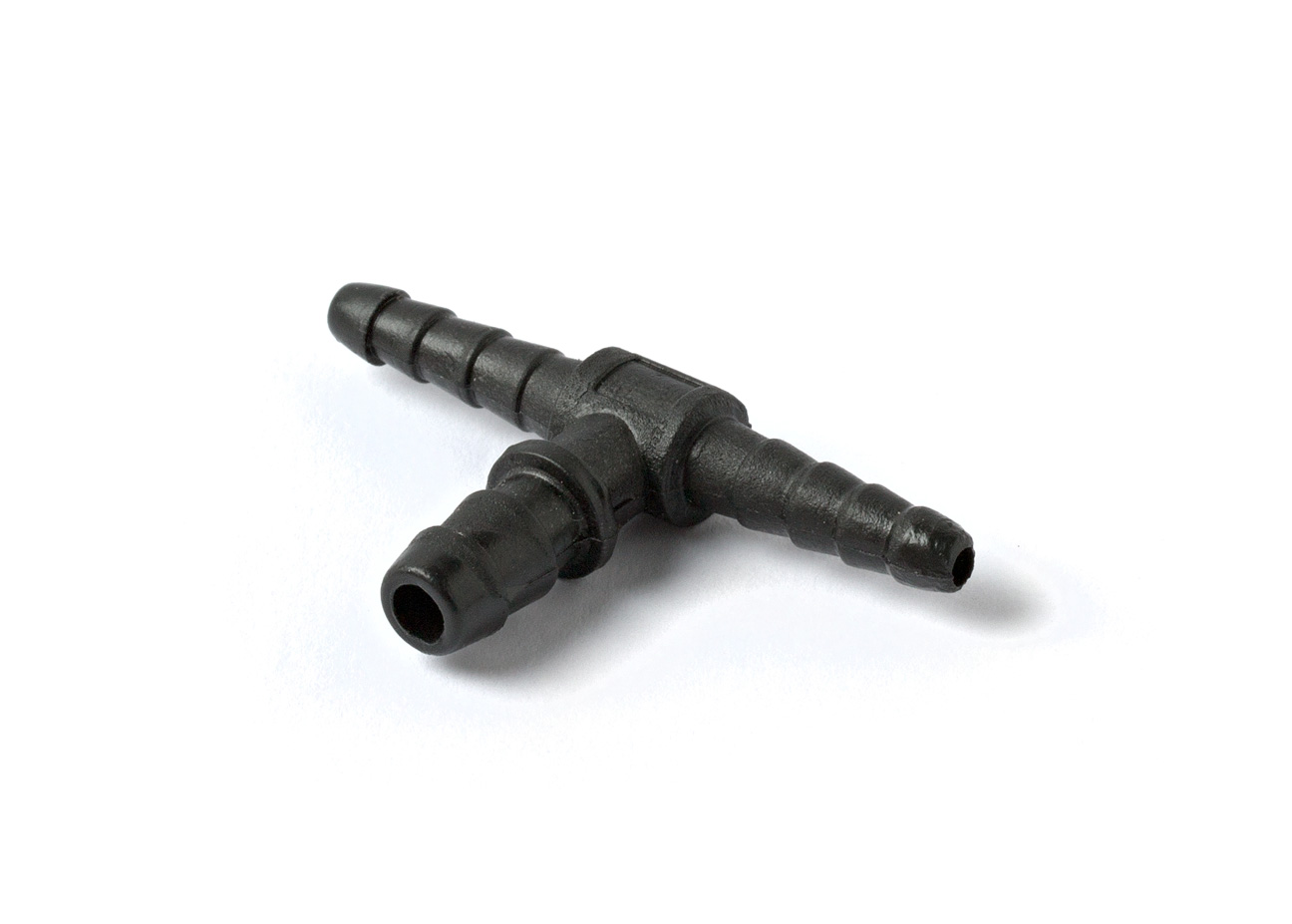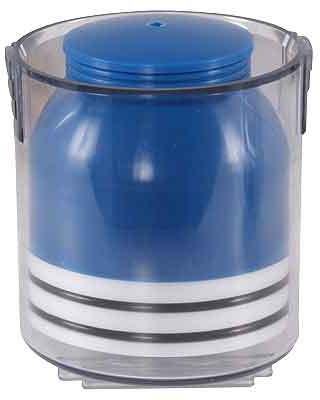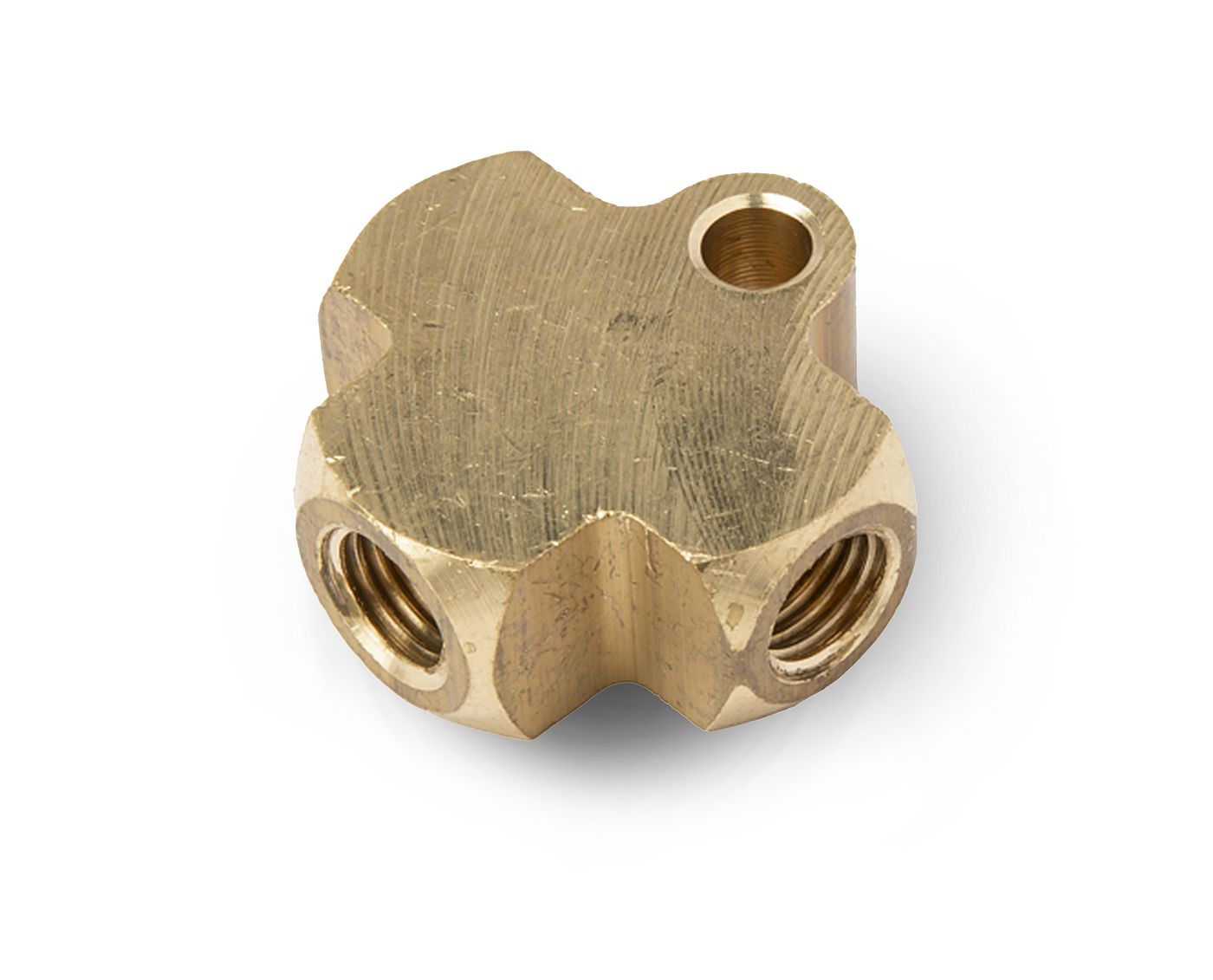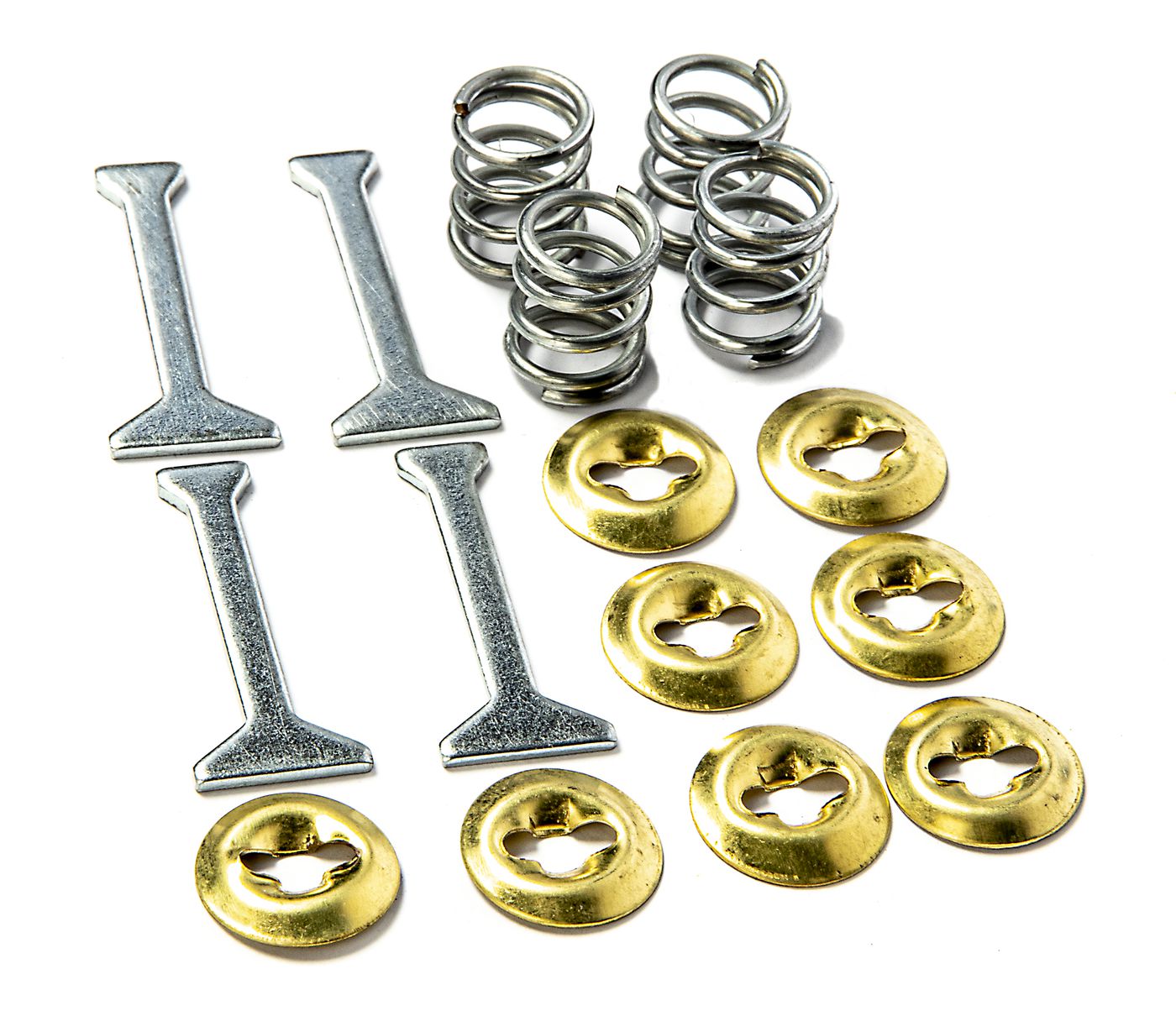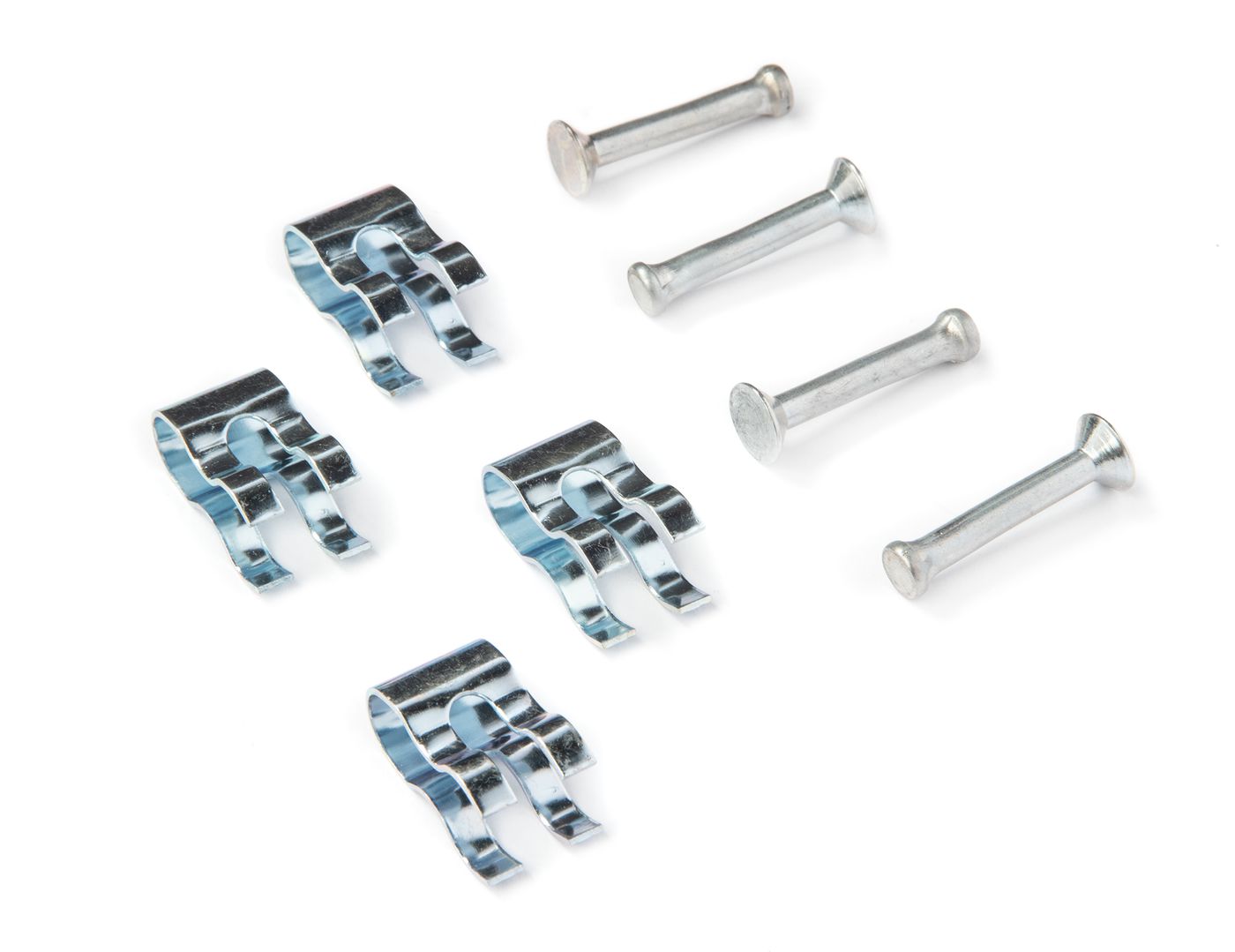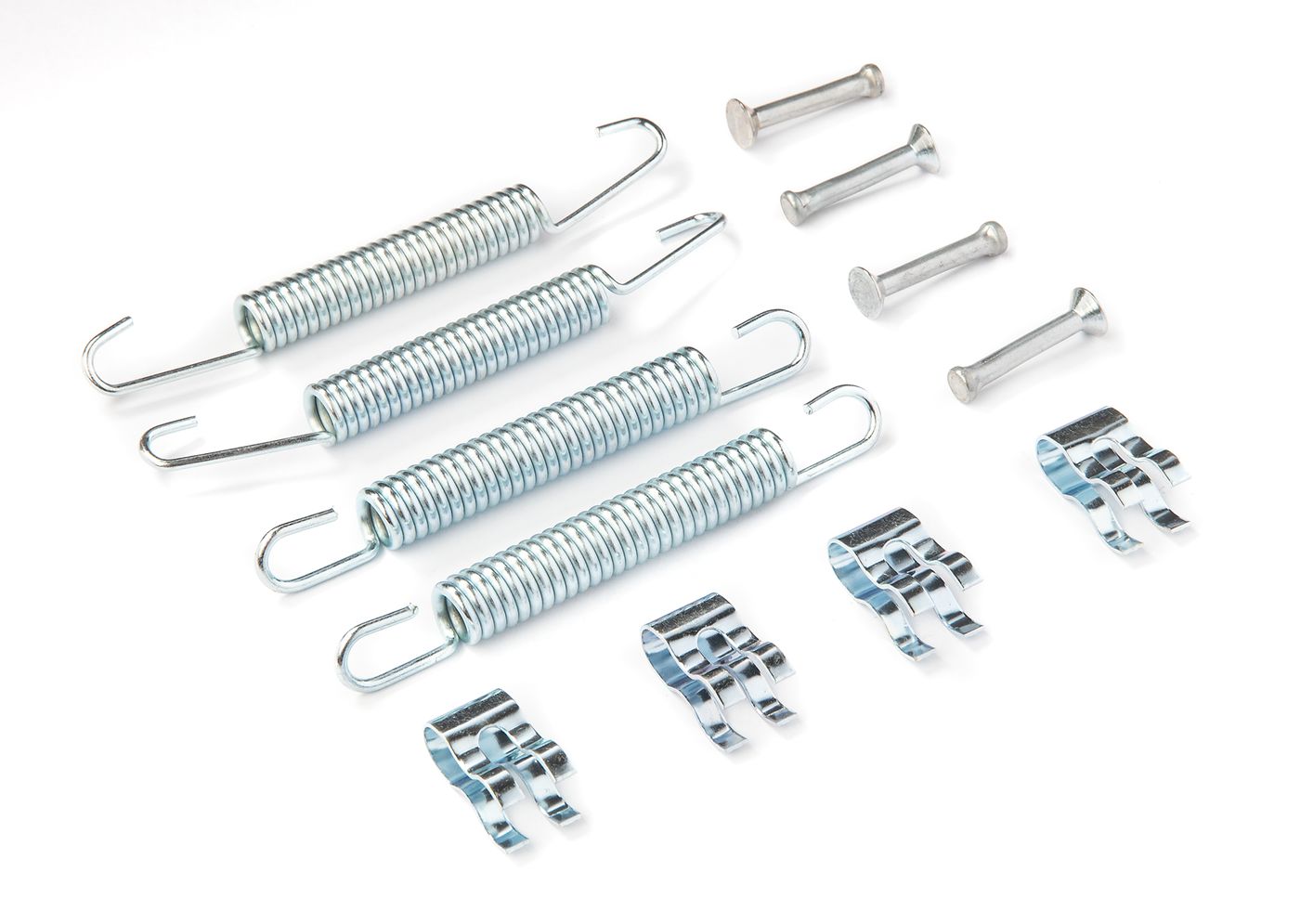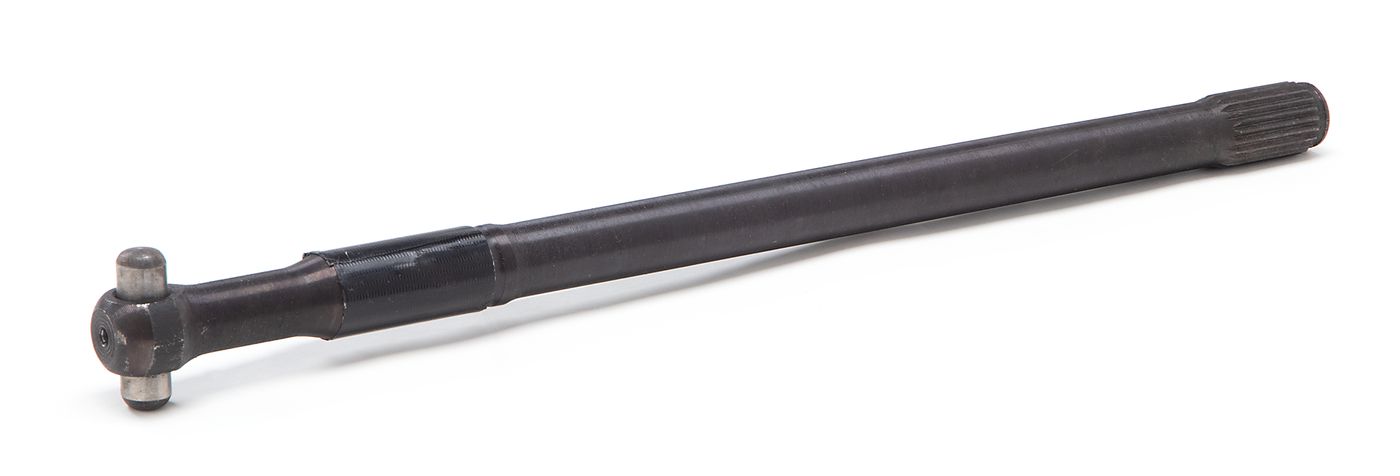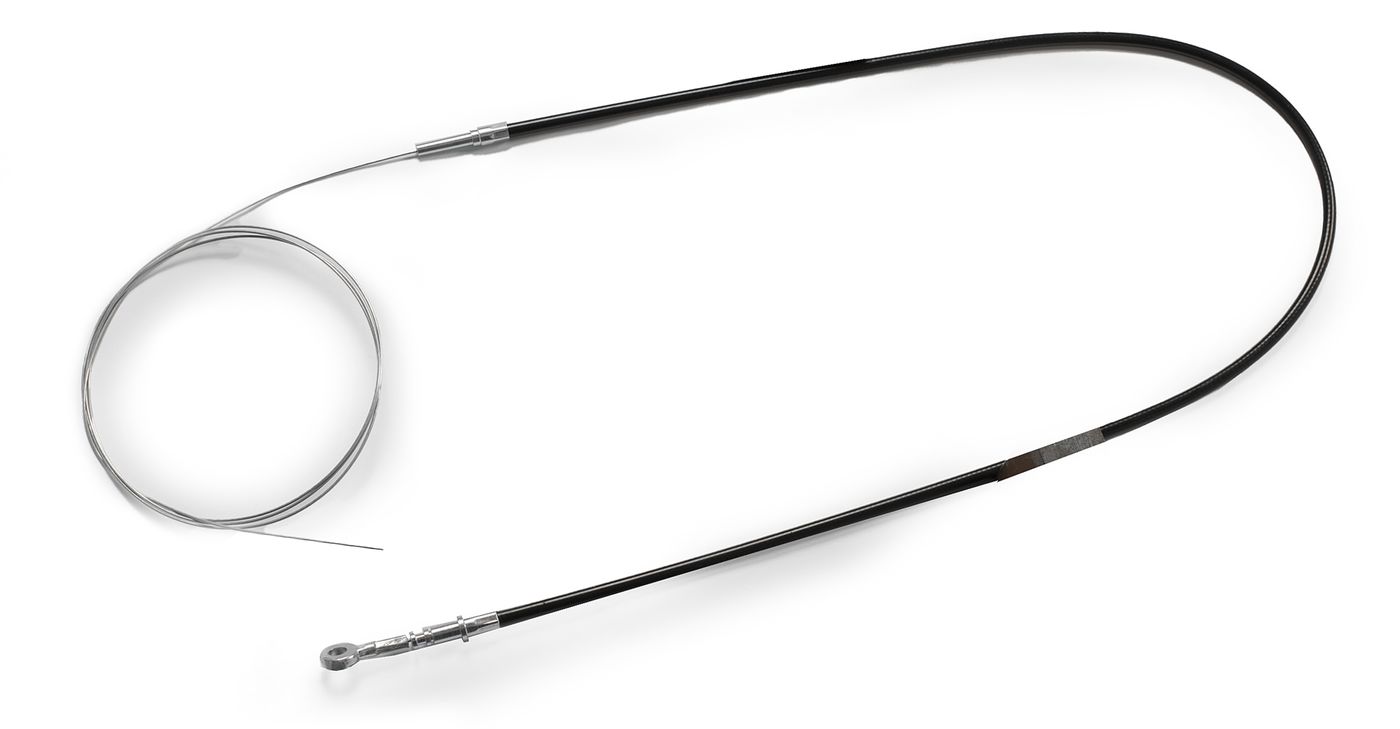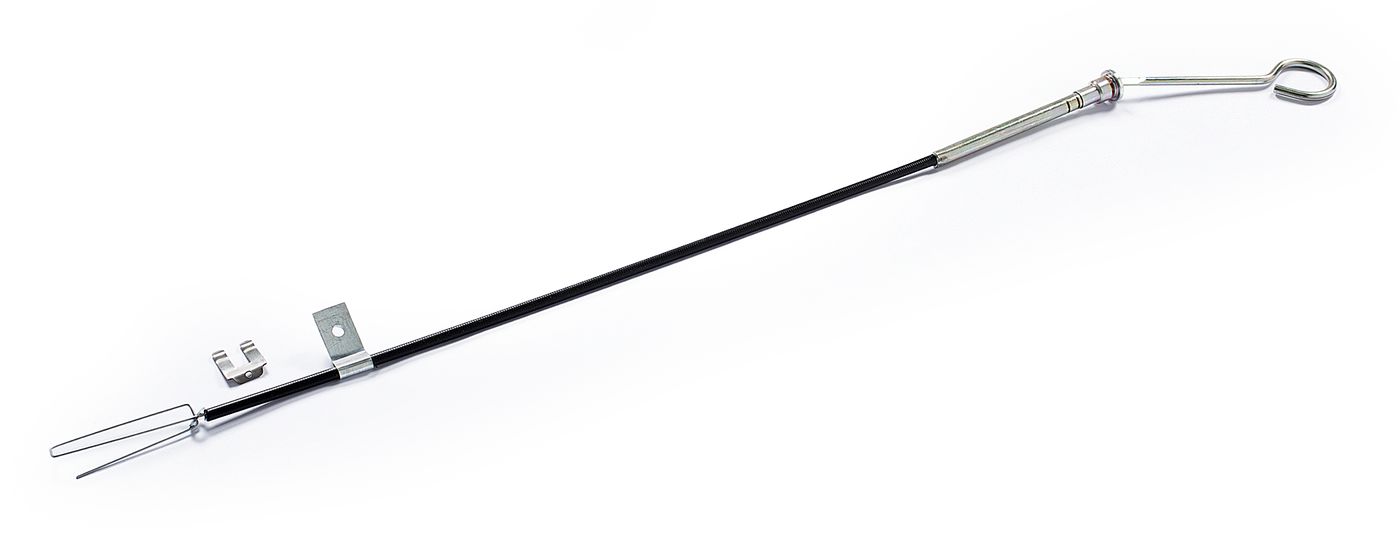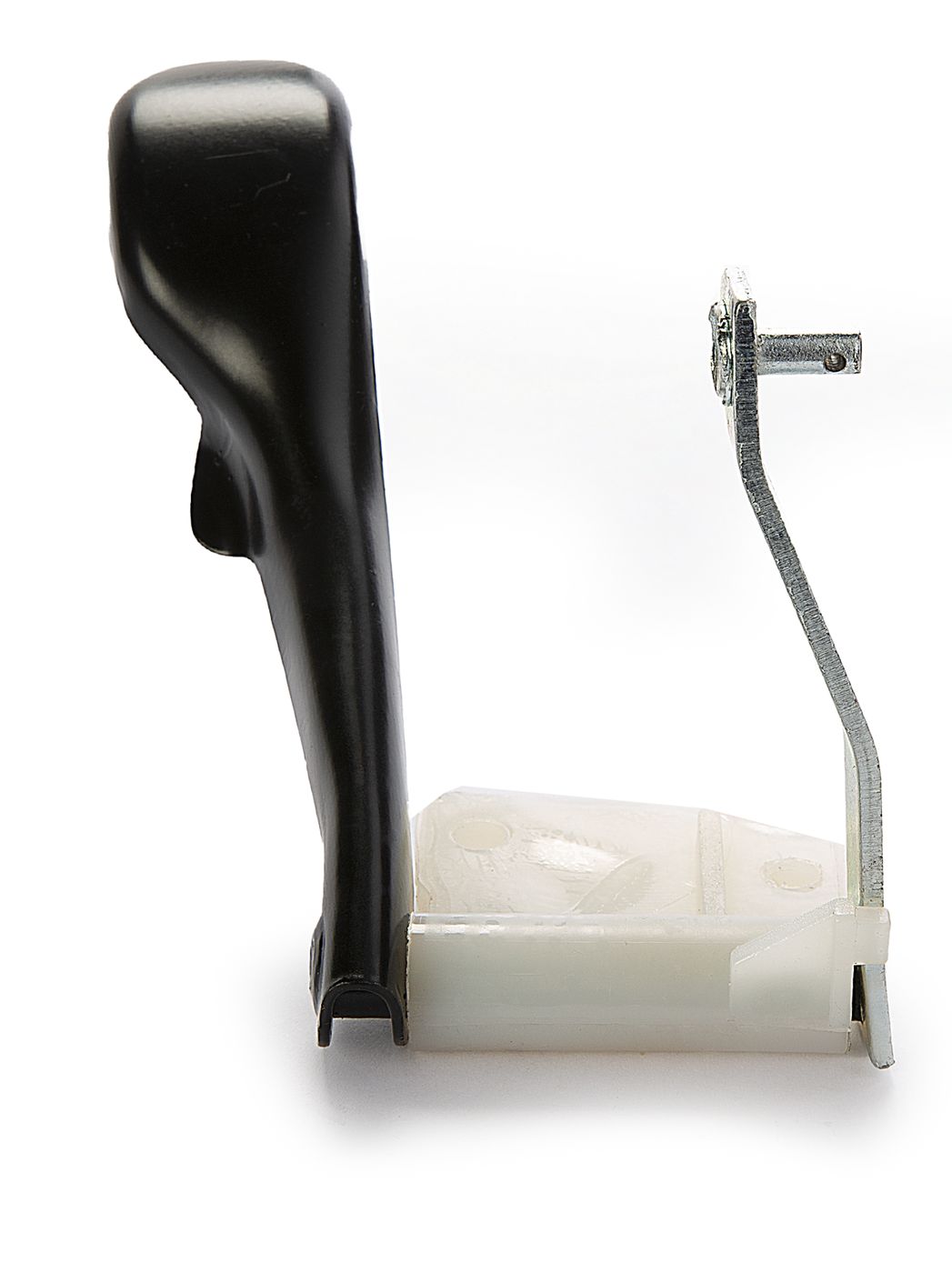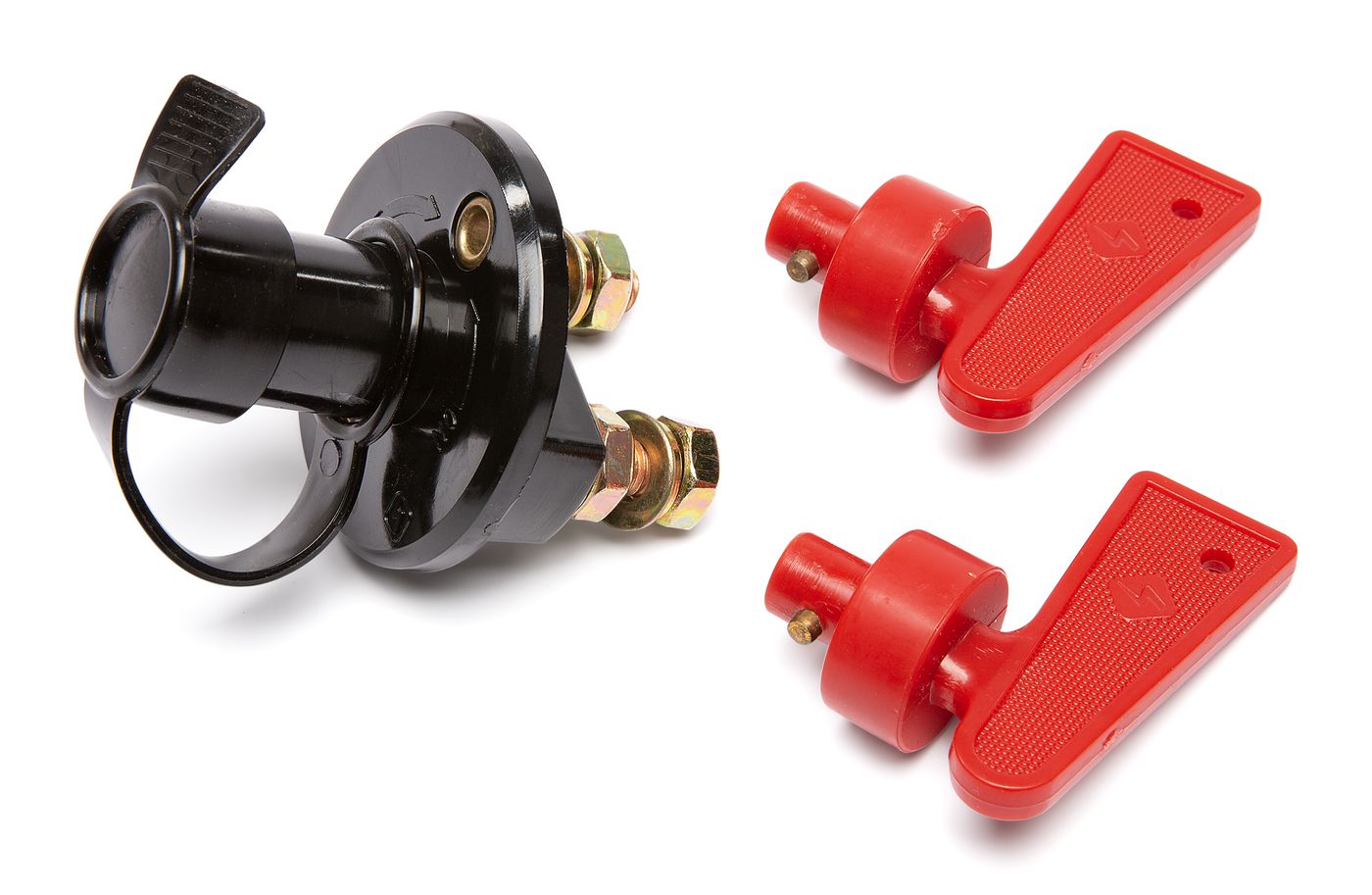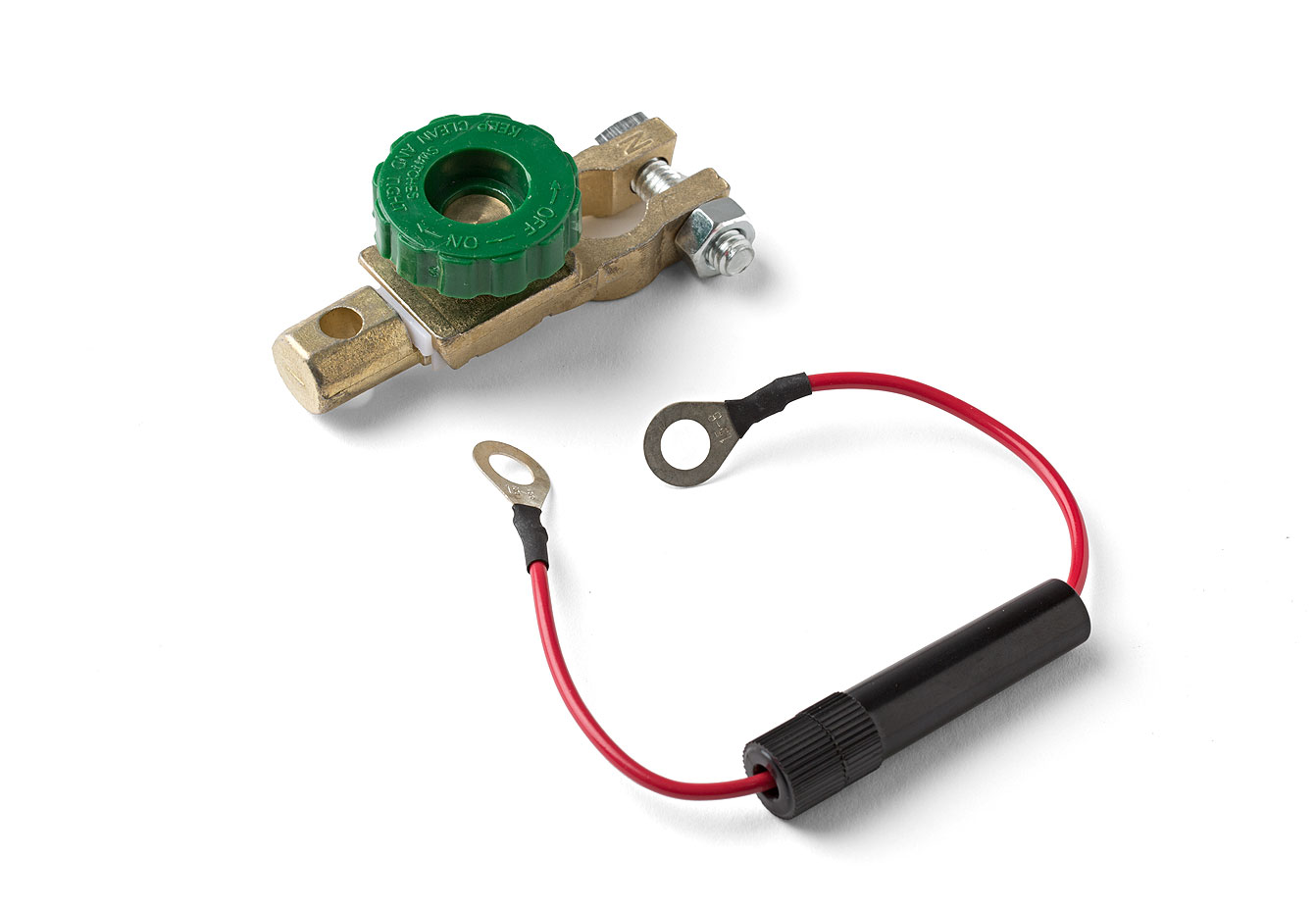
Fiat 126
The Fiat 126 was the successor to the Fiat Nuova 500 in 1972 and was built until 2000. The compact smallest car still offered a relatively large interior, was economical in consumption and extremely manoeuvrable in handling - so it's no wonder if you have decided in favour of this Italian classic. So that you can enjoy your decision for a long time to come, we at Limora have all Fiat 126 spare parts available from stock!
Limora onderdelen catalogus Fiat 126

Jean Göbbels
is a trained bodywork fitter (master) and painter. He bought his first classic car when he was 17 and raved about the Alfa Romeo Giulia. He is a polyglot from Aachen with Belgian roots and has been working on your restoration for decades.
Our recommendation for your Fiat 126
 Motor
Motor
 Versnellingsbak en differentieel
Versnellingsbak en differentieel
 Koppeling
Koppeling
 Koelsysteem
Koelsysteem
 Motorbesturing
Motorbesturing
 Carburateur en luchtfilter
Carburateur en luchtfilter
 Brandstofsysteem
Brandstofsysteem
 Vooras
Vooras
 Spruitstuk en uitlaatsysteem
Spruitstuk en uitlaatsysteem
 Stuurinrichting
Stuurinrichting
 Achteras
Achteras
 Remsysteem
Remsysteem
 Road wheels
Road wheels
 Electrics, ignition system, heating and dashboard
Electrics, ignition system, heating and dashboard
 Body panels
Body panels
 Bumpers
Bumpers
 Cooling air intake
Cooling air intake
 Body fittings and external trim parts
Body fittings and external trim parts
 Glass and glazing, mirrors and rubber seals
Glass and glazing, mirrors and rubber seals
 Interieur
Interieur
 Competition parts and accessories
Competition parts and accessories
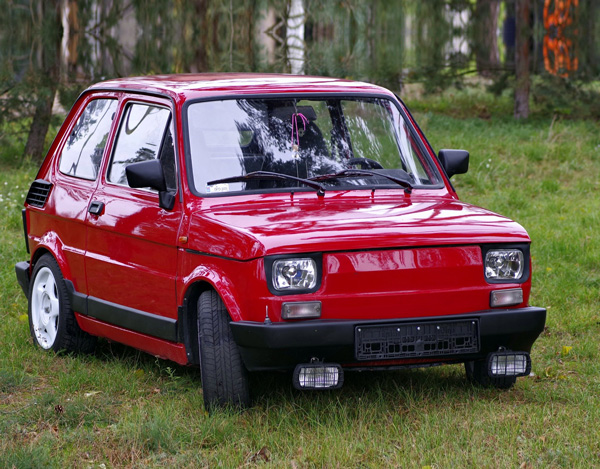
The successor to the Fiat 500 Nuova
The Fiat 126 was born out of the need to keep the proven concept of the Fiat 500 up to date for a few more years. The body was unmistakably based on its predecessor and was only slightly lengthened and reinforced in the Fiat 126. The wheelbase remained the same.
The chassis from the 500 was also taken over and the engine remained unchanged in the rear of the small car. The Fiat 126 achieved a standard output of 17 kW (23 hp). The four-speed gearbox was modified in that the upper three gears were synchronised, but the first gear remained unsynchronised.
One important change concerned the fuel tank: this was moved from the front luggage compartment to under the right-hand rear seat bench, which was far less accident-prone.
Italy, Germany and Poland: The Fiat 126 as a border crosser
This new Fiat 126 essentially takes over the floor assembly and an upsized engine of the Fiat 500. With a different roof shape and a new position for the fuel tank, the car has enough space for four people and luggage. Sergio Satorelli, following designs by Pio Manzu, succeeded in designing a handsome body that considerably increased the utility value of the car.
The Fiat 126 was born in 1972 in Italy, where it was built until 1979. At the same time, from 1972 to 1975, it was also produced in Austria. As early as 1975, production moved eastwards and the Fiat 126 was also manufactured in Poland until 2000. The FSM company from Bielsko-Biała produced the car under licence and in 1975, two years later, also in series.
In Poland, it was affectionately called Maluch (Polish for "little one") and achieved a status there comparable to that of the VW Beetle in the West Germany, the Trabant in the East Germany or the Citroën 2CV in France. In general, it should be noted that the sources for the Fiat 126 are very poor and countless myths circulate, especially on the Internet. If you want to read verified information about the history of the 126, we recommend the articles by Steffen Schwarz in our Limora catalogue, linked below.
The Fiat 126 as a true chameleon among small cars
On the one hand, the Fiat 126 was carefully modernised again and again, on the other hand, bizarre double creatures were also produced. In the Federal Republic of Germany, for example, converted Fiat 126s were offered under the name "Figo" ("Fiat/Goggo"), which were equipped with engines from the Goggomobil of Hans Glas GmbH. This had...
- a power output of 13.6 hp, i.e. around 10 kW
- a 250 cm³ cubic capacity
- and an air-cooled 2-cylinder two-stroke engine.
As a fun fact, however, it should be noted that in the West Germany this offer was only aimed at holders of the old Class IV driving licence, who were only allowed to drive vehicles up to 250 cm³.
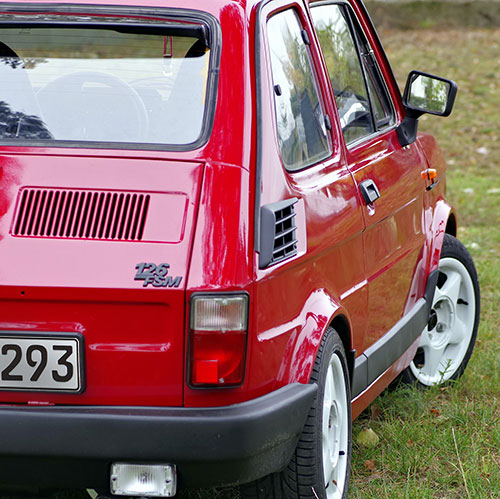
In the Federal Republic of Germany, the Fiat 126 of the second series was finally marketed as the "Bambino" from the end of the 1970s. The Bambino, which was sold in Italy under the designation Personal 4, differed from the previous version primarily in its engine. The cylinder head was square instead of round.
In addition, the spark plugs on the Bambino are installed in sleeves and not screwed directly into the cylinder head. The sleeves were for safety reasons and the construction was intended to prevent toxic exhaust gases from entering the interior with the heating air if the spark plug was not screwed in or loosened correctly. This variant of the Fiat 126 can be easily recognised by the rubber side protection strips and the plastic bumpers.
But the wealth of variants in the Fiat 126 is not yet complete, because the small car was also produced around 1980 in the special models with the sounding names…
- Red
- Brown
- Black
- and Silver are offered.
These special models, with the Silver being very rare, had green tinted glass and two reversing lights integrated into the rear lights, unlike the standard 126s. These rear lights were very different from the flat lights of the other versions. Grey instead of black bumpers and bars were also found on the special versions.
Standard reversing lights were fitted to the rear bumper of the Fiat 126 in 1984. This facelift resulted in a reversing light on the right and a rear fog light on the left of the rear bumper. At the end of 1991, the production of the successor Fiat Cinquecento was started, which was supposed to replace the 126. But it was only after 25 years and 3.4 million units that it was finally replaced by the Cinquecento.
For detailed information about the Fiat 126 and all series models, order our Fiat 126 Limora spare parts catalogue conveniently to your home!
Fiat 126: Find everything for your classic car at Limora
Fiat is and remains a cult. A touch of Italian lifestyle, an economical small car and an unmistakable design - with the Fiat 126 you could go straight into raptures - and we do! At Limora, we have all the spare parts in stock for your Fiat 126 that will give you many years of driving pleasure with this compact little car. If you have any questions, don't hesitate to contact us or visit one of our shops!
